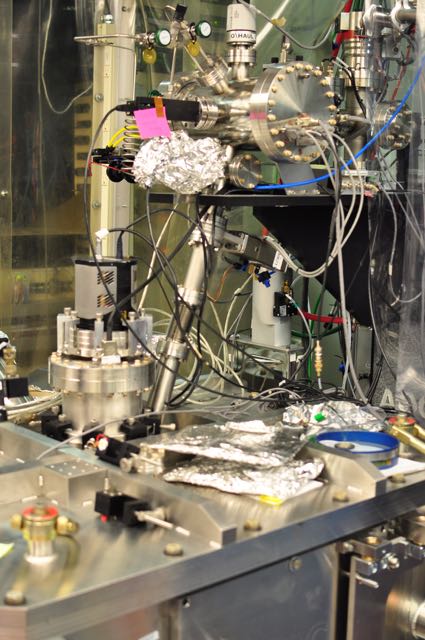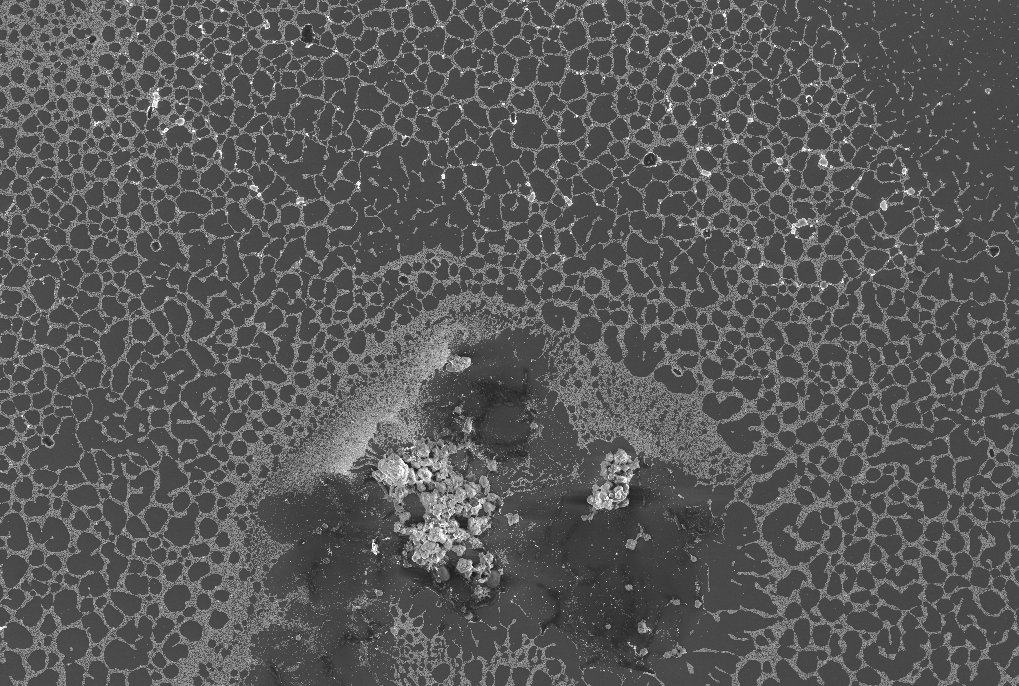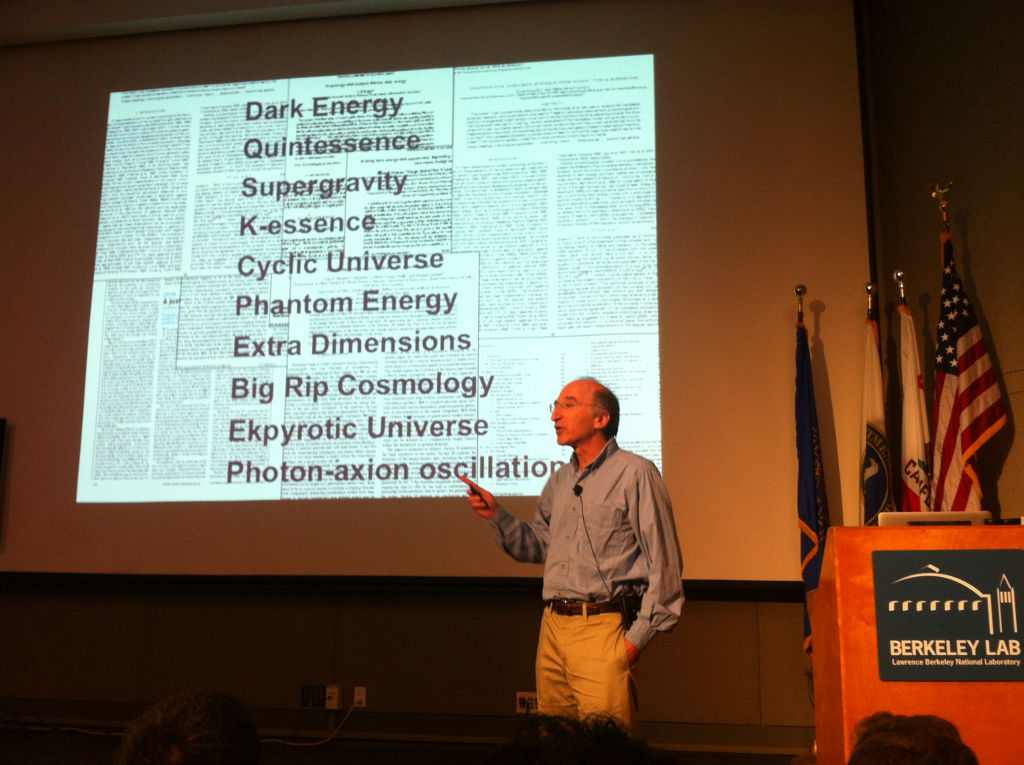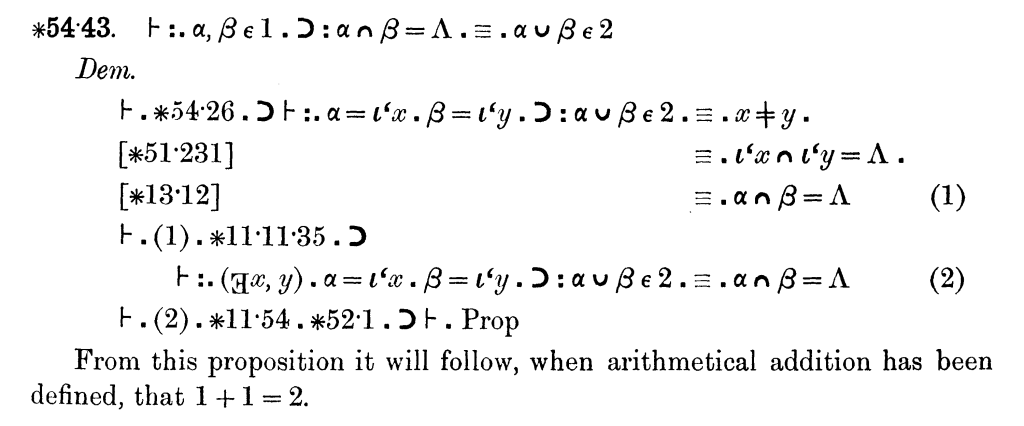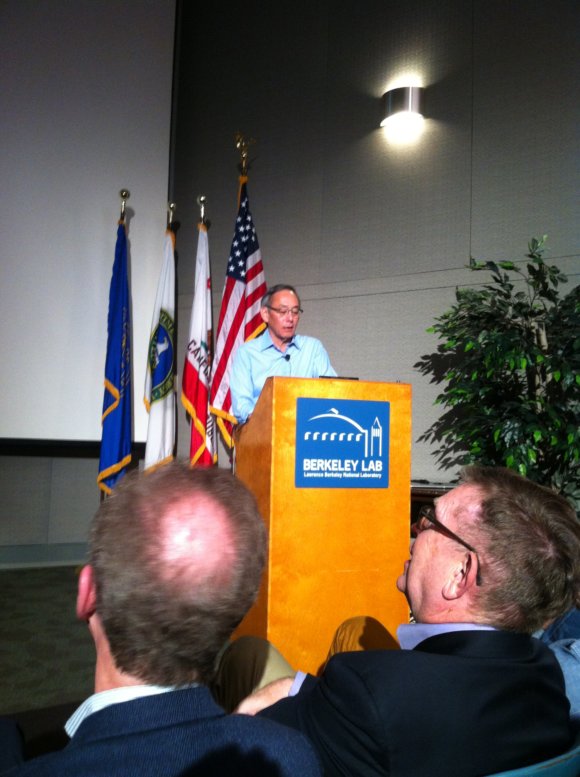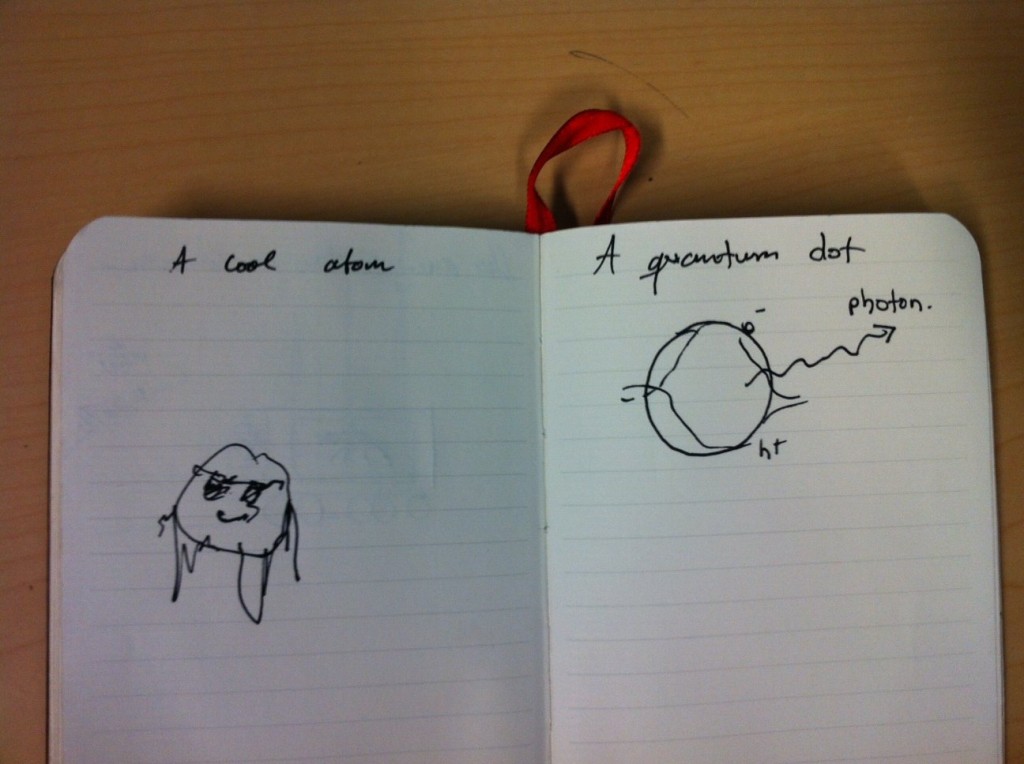Photons and electrons like to play together in atoms, but much less so in computers…
Like EUV lithography, people have been talking about optical computers for a long time, and that still hasn’t materialized.Like EUV, it seems that we’re on the verge of a major shift !
 Let’s review some of the differences between electronics and optics ! Continue reading
Let’s review some of the differences between electronics and optics ! Continue reading
